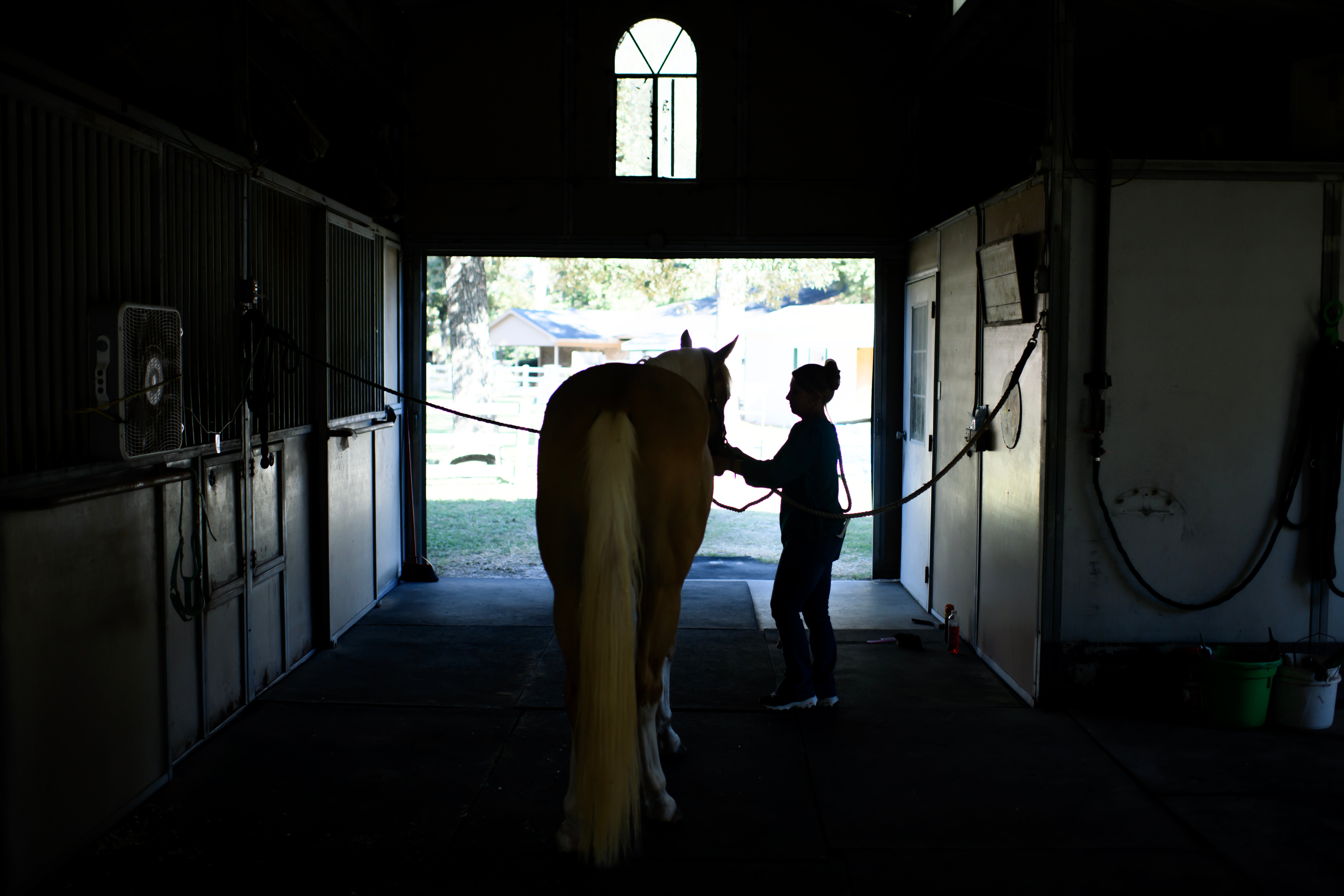Crash Course in Empathy
Last Chance in Texas: The Redemption of Criminal Youth
By John Hubner</p >
In his latest book, Last Chance in Texas, journalist John Hubner recounts the nine months he spent at the Texas Youth Commission’s Giddings State School, where therapists and administrators have come up with a treatment program called “resocialization,” a kind of emotional boot camp for young criminals. The program combines strict regimentation (inmates march in columns across campus in hair shorn military-style, refer to staff as “sir” and “miss”) with Gestalt-like talk and drama therapy, whereby inmates (referred to by rule as “students”) are forever arranging chairs in circles to discuss their behavior and emotions and to reflect on both. Hubner tracks two students, one boy (Ronnie) and one girl (Elena), through the emotionally grueling Capital Offenders Group, the pinnacle of treatment, a six-month-long series of intense group therapy sessions which, passed successfully, all but insure a student an early release on parole.
Fundamentally, resocialization offers Giddings’ students an on-going lesson in confrontation and reflection. Upon arrival, students are handed a text called Changing Course: A Student Workbook for Resocialization, and are responsible for memorizing nine “thinking errors” (deceiving, downplaying, avoiding, blaming, making excuses, jumping to conclusions, acting helpless, overreacting, and feeling special), which serve as the day-to-day vocabulary on campus. They’re then encouraged to detect the use of errors in their own decision-making processes, as well as those of their fellow inmates. Members of rival gangs are placed in the same housing unit and expected to get along. Guards on campus are unarmed. The parents of murdered children are hosted as guest-speakers. While incarcerated, students attend high school or GED programs, earn the privilege to play organized sports, and, nearing the end of their time at Giddings, earn passes which allow them to walk unattended across campus. Throughout the program, therapists and caseworkers monitor students for improvement.
Just what do they consider improvement? Empathy. The word itself is good as gold on campus, as elusive as it is sought after. “Everything that happens on campus, from the behavior groups to the football team, is designed to foster empathy,” Hubner writes. In an interview, Giddings psychologist Dr. Linda Reyes explains the philosophy, telling him that ”Having empathy means taking responsibility. It means making a choice: The things a youth has done to others will never happen to someone else because of him. In a sense, empathy means being your own father, your own mother.”

This is no small task. Youthful though they may be, the 400 students at Giddings committed serious crimes: murders, rapes, armed robberies, and were tried and convicted as adults. A former probation officer (and former juvenile delinquent)-turned journalist, Hubner explains that the nation’s juvenile courts have devolved, lost their focus on rehabilitation, and now try more and more youths—kids as young as 10 years old—as adults and send them to adult prisons. The students at Giddings, though convicted as adults, are given what in Texas is called a “determinate sentence.” Of Ronnie and the other teenage boys the author follows through Capital Offenders Group, he writes:
Judges sentenced these young men as adults and imposed long prison sentences. But instead of sending them into the Texas prison system in Huntsville, which could have the same sign over the gate as Dante’s Inferno—”Abandon hope, all ye who enter here”—the judge gave them the opportunity to redeem themselves in the Giddings State School.
So what is it these criminals are doing to “redeem” themselves? Mostly, they’re telling each other stories. The Capital Offenders program is drawn out in two cycles: In the first, students tell their life stories; in the second, they tell the stories of their crimes. At the conclusion of each story, the group creates short dramas (“role-plays”) based on the narrative. The storyteller then looks on as critical moments of his story are reenacted. This is difficult. Life stories can involve severe physical abuse, sexual abuse, neglect, abandonment, drug abuse, alcohol abuse, blood, guts, rape, sibling abuse, abuse of the elderly, prostitution, and poverty. The simple act of telling lands some students on the floor, sobbing, inconsolable. And that’s the point. The Giddings therapists encourage—one might even say force—students to encounter their emotions in this way, to be overwhelmed first by the facts of their lives, then by their responsibility for the violence they perpetrated against others.
Role-playing is meant to heighten this encounter with the self. Dr. Reyes, who’s credited with bringing the psychodramatic element into these sessions, explains:
Listening to their stories, I saw a lack of empathy…They were full of anger, hostility, aggression, resentment, and they refused to accept responsibility. The more stories I heard, the more that empathy seemed to be the critical thing. Empathy keeps you from doing something that might harm someone. We had to find a way to build empathy…When victimizers numb their feelings, it is a global shutdown of emotion…You can’t choose which feelings to shut down; if you shut down, you shut down everything. Psychodrama is one of the quickest ways to get a youth back in touch with his emotions. Once he has done that, he can go on to explore the forces that led to incarceration.
Redemption. Empathy. The Nine Thinking Errors. It all sounds so—so biblical. But does it work? Hubner clearly thinks so. However, it’s the author’s own eager endorsement that most often gets in the way of his ability to make a truly convincing argument for the Giddings method. His statistical evidence rarely matches his enthusiasm. In the end, his best argument rests on a comparison of recidivism rates determined from data released by the states of California and Texas:
In July 2004, the California Youth Authority ran recidivism rates for parolees from 1988 to 2001. Within three years of their release, 74 percent of all parolees had been rearrested…A three-year study that concluded in 2004 tracked graduates of the Capital Offenders program. After 36 months on parole, only 10 percent had been rearrested for a violent offense. Only three percent were arrested for violent crimes in the year following their release.
The Giddings statistic shimmers. But a closer look proves revealing. First, it should be noted that Hubner is comparing a 13-year period (California) with a three-year period (Capital Offenders). Next, Hubner fails here to clarify exactly what is being compared. In his footnotes, he explains the term “rearrest” “can mean a technical violation, like failing to report to a parole officer or going outside a limited geographic area while wearing an electronic surveillance device.” Yet he places the 74 percent of parolees in California who were simply “rearrested,” next to the narrow 3 percent of Capital Offender parolees who were “rearrested for a violent crime”—a huge distinction. Elsewhere in the footnotes Hubner concedes that statistics indicate 51 percent of Capital Offender graduates were rearrested “for any offense.” In the end, though, this statistic is most unreliable—most meaningless—because Hubner never tells us what California, or any other state, is doing to rehabilitate their criminal youth.
An editor at the San Jose Mercury News, Hubner is the co-author of Somebody Else’s Children: The Courts, the Kids, and the Struggle to Save America’s Troubled Families (1997). In writing that book, Hubner and his wife, Jill Wolfson, were granted unprecedented access to juvenile court proceedings in San Jose. Thankfully, just as with the earlier book, the real strength of Last Chance in Texas lies in the author’s knack for storytelling. Hubner parses out the complicated life stories of Ronnie, Elena, and their peers with true skill and grace. Here he’s consistent in his gaze—watching from behind a one-way mirror—and never allows himself to get too close or too distant from his subjects. When he fails, it’s in his attempt to wrestle unwieldy issues (or statistics, for that matter) to suit the smaller story he’s telling. Most bothersome are the sweeping statements he makes about the difference between male and female offenders (“…anger, alienation, and criminality run deeper in the females than in the males”) without bothering to supply the statistical evidence.
Hubner’s true gift is for witnessing. In this way, he’s very smart to allow his book to rest almost entirely on the strength of narrative. Reading the stories these young people have to tell, we’re hard put not to place their subsequent criminal acts in perspective. Hubner renders the cycle of abuse with painful clarity, offers his readers a fairly penetrating view of our country’s problem with domestic violence, and reveals the ties between that violence and the criminal act as very human, and utterly tragic.
Carrie Fountain is a writer and teacher who lives in Austin.


